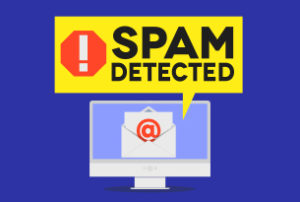You invest in events, send out emails, educate, and send invoices. But how well do you really know your target audience?
Beyond the basic demographics, perhaps not as well as you might think. Do you capture the answers to these questions?
If asked to describe your organization to a third party, do you know what they would say?
If asked to describe your service quality, do you know how they would respond?
Do they view you as strategic, or merely a ‘vendor’ that they must grudgingly pay?
Are they open to using more of your services, or do they see you only in the narrow context of your current interactions?
Do they know how important referrals are to you?
Connection frequency: Do you know specifically how often they may wish to hear from you personally over the phone? Or via email? Or in person?
Media format: Do they prefer to read what you write, listen to what you say, or watch you on video?
Broadcast Frequency: Do they prefer a weekly newsletter, a monthly one, or perhaps none at all?
Time: Do they prefer long-form content (books or white papers), shorter articles, or perhaps just 140 character snippets?
Do they want to receive information about your professional development events, industry news, or immediately-relevant action items (or all)?
Too often, we make assumptions about our target audiences: that everyone thinks the same, that they have identical needs, and that they can be served in the same way. What else explains the ubiquity of the monthly newsletter? (Does everyone really prefer to read about us monthly?) Or what explains social media community management that quits at 5pm? (Does every target user really stop using social media at 5pm? The opposite is true.)
The truth is that each person or organization typically thinks of themselves as unique: they have a unique history, unique strategy, and unique culture.
For those that you know well, answering these ten questions is not that hard. But for newer relationships, it is almost impossible. The only thing that you know is that (for example) some may be attracted to a daily tipsheet, a weekly newsletter, a monthly newsletter, a short YouTube clip, or one of the other many formats of communication. And that if you don’t have what they need in the format or frequency they prefer, they will likely give you pass.
This week’s action plan: Just because you have always done something one particular way, doesn’t automatically mean that it suits your target audiences today. Capture the answer to these questions in your database, and then use the data to plan how to deliver what they want. (Hint: Marketing Automation and Content strategy is the only way to make this happen efficiently.)











